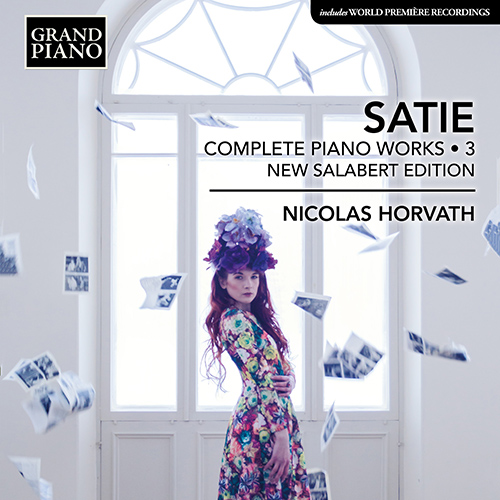
About this Release
SATIE, ERIK (1866–1925)
Complete Piano Works • 3 (New Salabert Edition)
- Nicolas Horvath, piano
This third volume of Erik Satie’s complete solo piano music using Satie scholar Robert Orledge’s new Salabert Edition focusses on music composed between 1892–97, including theatrical scores such as the revolutionary uspud, and the Danses gothiques and famous Vexations written while the composer was hiding from a tempestuous love affair. The period closes with Satie composing in what he called “a more flexible and accessible way with the final Gnossienne and the six Pièces froides.”
This recording was made on a period instrument: Cosima Wagner’s Erard, model 55613 (1881)
Tracklist
|
1
Prélude du Nazaréen (1892) * (00:10:23)
|
|
uspud (version for piano) (1892) (00:24:00 )
|
|
2
Act I * (00:09:33)
|
|
3
Act II (00:06:20)
|
|
4
Act III * (00:07:53)
|
|
5
Eginhard: Prélude (1893) (00:02:04)
|
|
6
Danses gothiques (1893) * (00:10:34)
|
|
7
Vexations (1893) (00:07:01)
|
|
8
Sans titre, peut-être pour la Messe des pauvres, "Modéré" (version for piano) (1893) (00:01:04)
|
|
9
La Porte héroïque du ciel: Prélude (1894) * (00:04:50)
|
|
10
Gnossienne No. 6 (1897) (00:02:17)
|
|
11
Sans titre, "?Gnossienne, Petite ouverture à danser" (1897) * (00:02:09)
|
|
15
Pièces froides: No. 1. Airs à faire fuir: 2. (version plus chromatique) (1897) (00:00:26)
|
|
Pièces froides (1897) (00:10:00 )
|
|
12
No. 1. Airs à faire fuir: 1. D'une manière très particulière * (00:04:30)
|
|
13
No. 1. Airs à faire fuir: 2. Modestement * (00:01:09)
|
|
14
No. 1. Airs à faire fuir: 3. S'inviter * (00:04:19)
|
|
16
No. 2. Danses de travers: 1. En y regardant à 2 fois * (00:02:02)
|
|
17
No. 2. Danses de travers: 2. Passer * (00:01:44)
|
|
18
No. 2. Danses de travers: 3. Encore * (00:02:37)
|
|
19
Danse de travers II (1897) * (00:03:12)
|
The Artist(s)
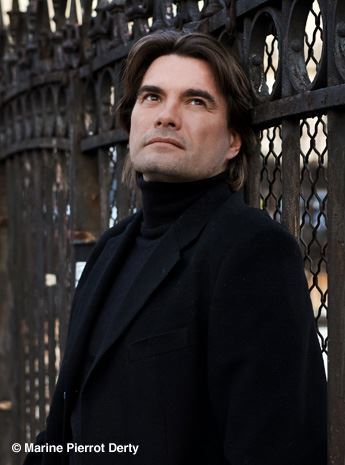 Nicolas Horvath began his music studies at Monaco’s Académie de Musique et de Théâtre Prince Rainier III and soon began to make an impression on a number of artists who would become his mentors. Aged 16 he caught the attention of the American conductor Lawrence Foster before coming to the notice of several distinguished international pianists, including Liszt specialist Leslie Howard. He is the recipient of numerous awards, including First Prize at both the Scriabin and the Luigi Nono International Competitions. He has become noted for hosting concerts of unusual length, sometimes lasting over twelve hours, such as the overnight performance of the complete piano music of Erik Satie at the Paris Philharmonie before a cumulative audience of 14,000 people. In 2019 he performed alongside Philip Glass at the same venue in a programme devoted to the American composer’s piano music. Horvath’s extensive and varied discography on Grand Piano includes the highly acclaimed Philip Glass solo piano music edition, Glassworlds; the complete piano works of Erik Satie; piano sonatas by the Estonian composer Jaan Rääts and music by the American experimental composer Alvin Lucier; Carl Czerny’s 30 Études; and lesser-known piano music by Claude Debussey, Anne-Louise Brillion de Jouy and Hélène de Montgeroult. Nicolas is a Steinway Artist.
Nicolas Horvath began his music studies at Monaco’s Académie de Musique et de Théâtre Prince Rainier III and soon began to make an impression on a number of artists who would become his mentors. Aged 16 he caught the attention of the American conductor Lawrence Foster before coming to the notice of several distinguished international pianists, including Liszt specialist Leslie Howard. He is the recipient of numerous awards, including First Prize at both the Scriabin and the Luigi Nono International Competitions. He has become noted for hosting concerts of unusual length, sometimes lasting over twelve hours, such as the overnight performance of the complete piano music of Erik Satie at the Paris Philharmonie before a cumulative audience of 14,000 people. In 2019 he performed alongside Philip Glass at the same venue in a programme devoted to the American composer’s piano music. Horvath’s extensive and varied discography on Grand Piano includes the highly acclaimed Philip Glass solo piano music edition, Glassworlds; the complete piano works of Erik Satie; piano sonatas by the Estonian composer Jaan Rääts and music by the American experimental composer Alvin Lucier; Carl Czerny’s 30 Études; and lesser-known piano music by Claude Debussey, Anne-Louise Brillion de Jouy and Hélène de Montgeroult. Nicolas is a Steinway Artist. The Composer(s)
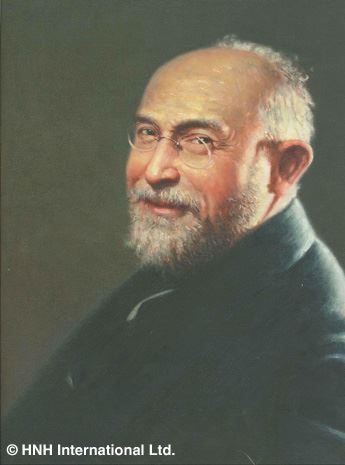 A French composer as eccentric in his way of life as in his music, Satie exercised considerable influence over some of his more distinguished contemporaries, including Debussy, Ravel and Poulenc, particularly through his tendency towards extreme simplicity. A number of his compositions have become very familiar to many, largely through their use in other contexts.
A French composer as eccentric in his way of life as in his music, Satie exercised considerable influence over some of his more distinguished contemporaries, including Debussy, Ravel and Poulenc, particularly through his tendency towards extreme simplicity. A number of his compositions have become very familiar to many, largely through their use in other contexts. Reviews
“…very well recorded. Everything was very well interpreted. Among the discoveries were the mesmerising mystical sounds of the Prélude du Nazaréen, as well as upsud. A future reference for this music.” – Musique classique & Co
“[Horvath’s] performances have a touching freshness and lack of pretense that seem to me nicely hewing to the spirit of these works.” – Gapplegate Classical-Modern Music Review

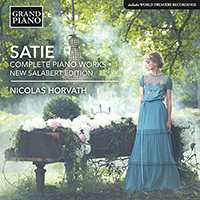
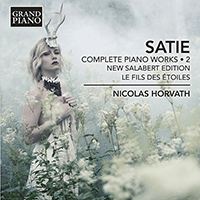
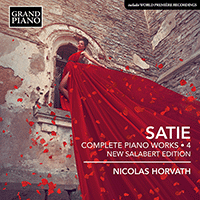
 Grand Piano has gained a reputation for producing high quality recordings of rare keyboard gems. Dedicated to the exploration of undiscovered piano repertoire, the label specialises in complete cycles of piano works by many lesser-known composers, whose output might otherwise have remained unknown and unrecorded.
Grand Piano has gained a reputation for producing high quality recordings of rare keyboard gems. Dedicated to the exploration of undiscovered piano repertoire, the label specialises in complete cycles of piano works by many lesser-known composers, whose output might otherwise have remained unknown and unrecorded.






